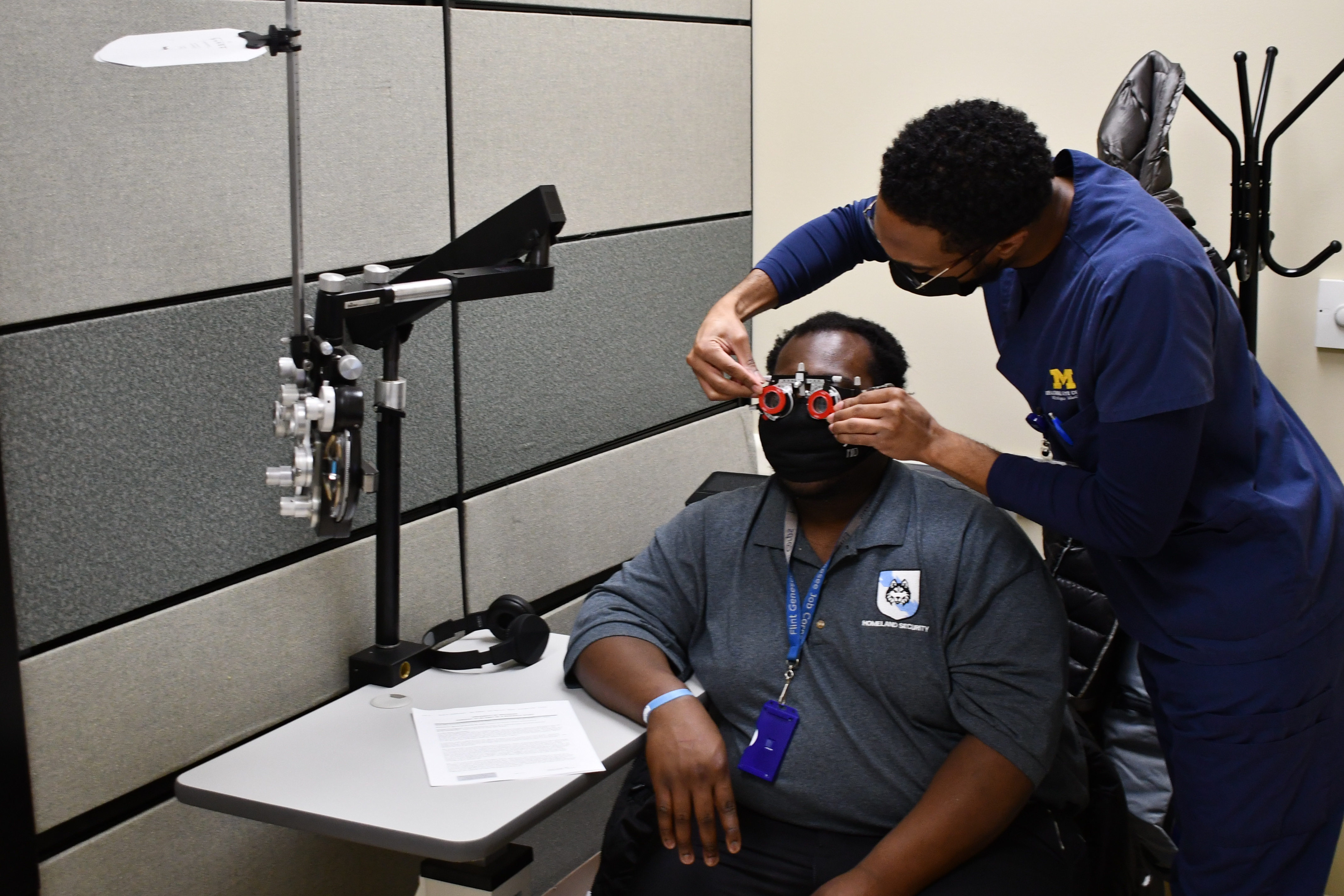Recruiting High-Risk Populations in Community-Based Eye Care Programs

07/2023
Populations at higher risk for glaucoma and eye diseases face barriers to eye care stemming from social risk factors, such as lack of employment, inadequate insurance coverage, poverty, and poor access to education, transportation, and high quality health care – conditions that lead to poor health outcomes. SIGHT studies, operating from Columbia University, University of Alabama, Birmingham, and University of Michigan, are using diverse methods and implementation settings to recruit these high-risk populations into community-based eye care programs.
A recent publication, Recruiting Populations at Higher Risk for Glaucoma and Other Eye Diseases Experiencing Eye Health Disparities, discusses SIGHT studies’ use of enrollment data to identify participants’ high-risk characteristics, including social determinants of health indicators, and interviews with study staff to highlight the role of community partnerships and innovative recruitment strategies to engage these populations. In another recent publication by Michigan’s MI-SIGHT study, Engagement in the Michigan Screening and Intervention for Glaucoma and Eye Health through Telemedicine Program: Comparing the Effect of Clinic versus Community-Based Recruitment Strategies, the authors discuss the effectiveness of adding community-based recruitment to clinic-based recruitment to engage participants in a glaucoma detection program.



